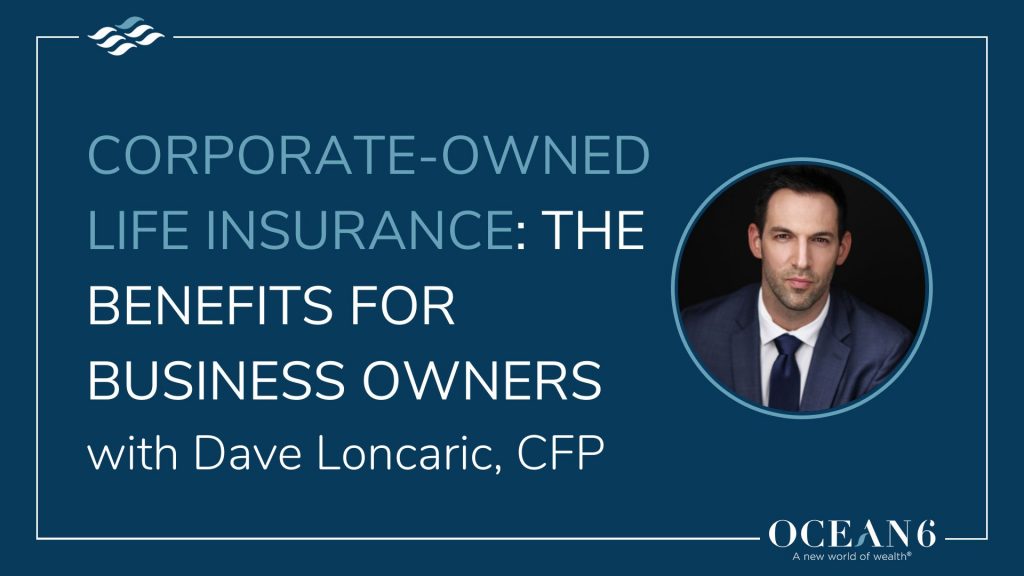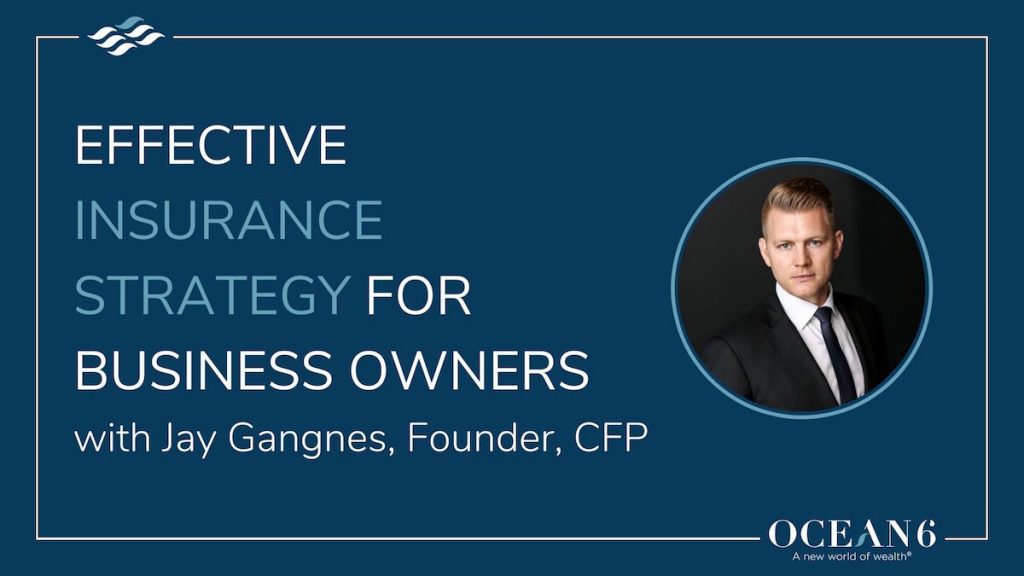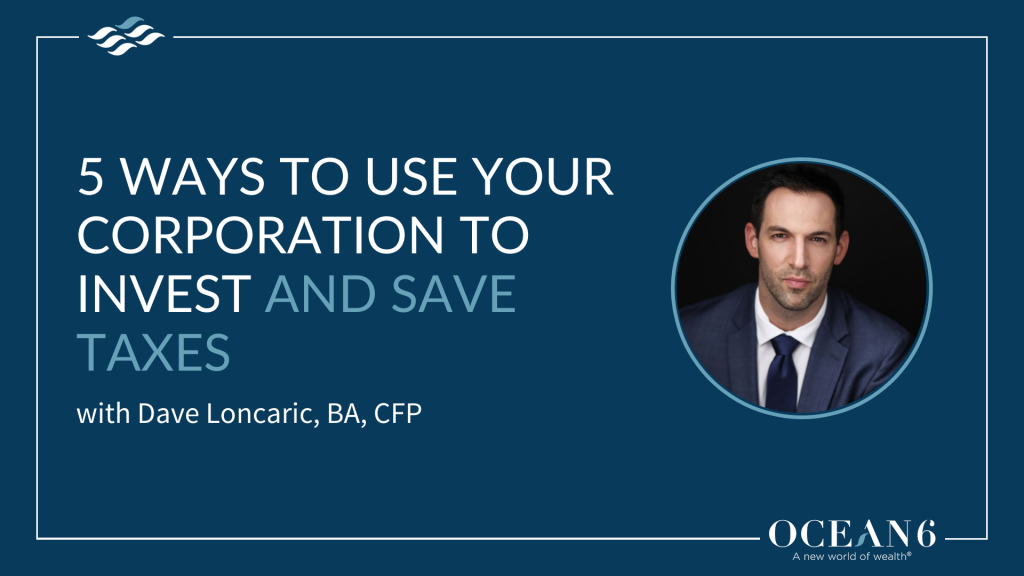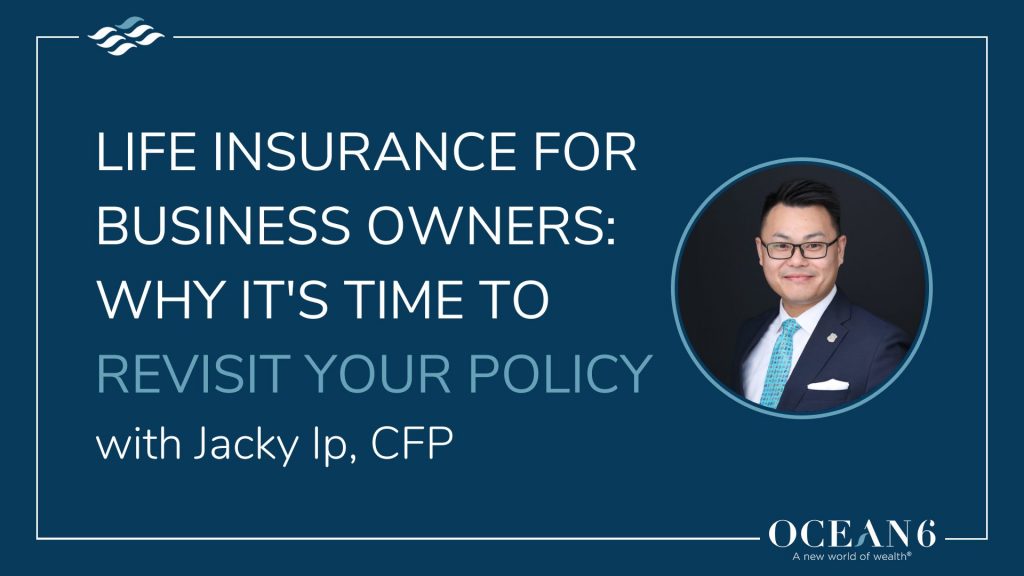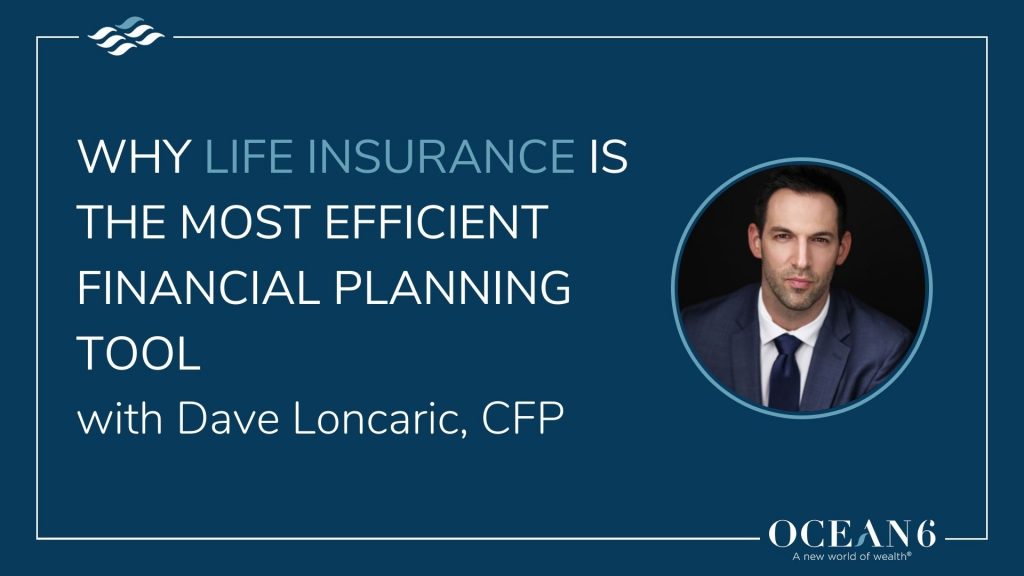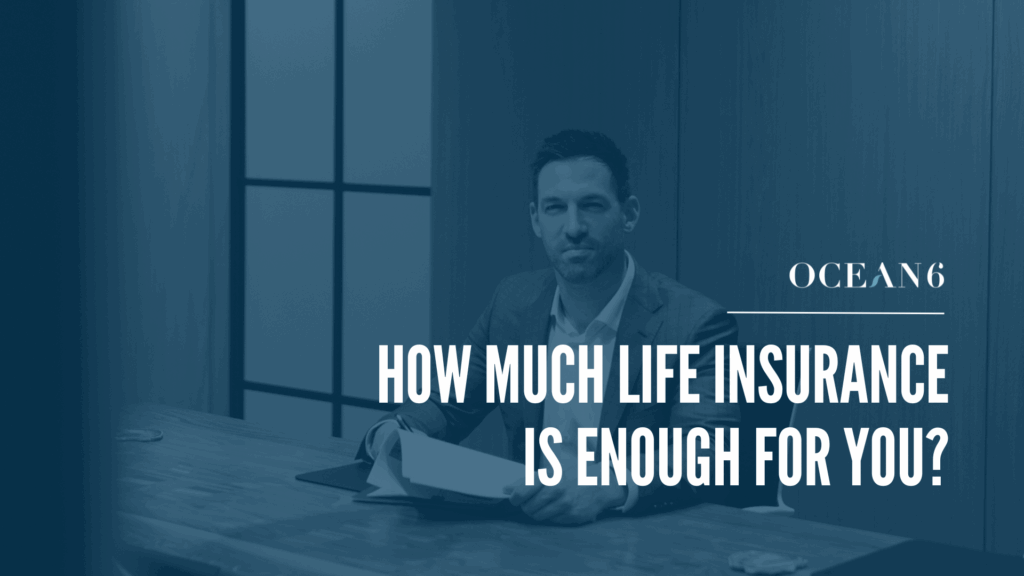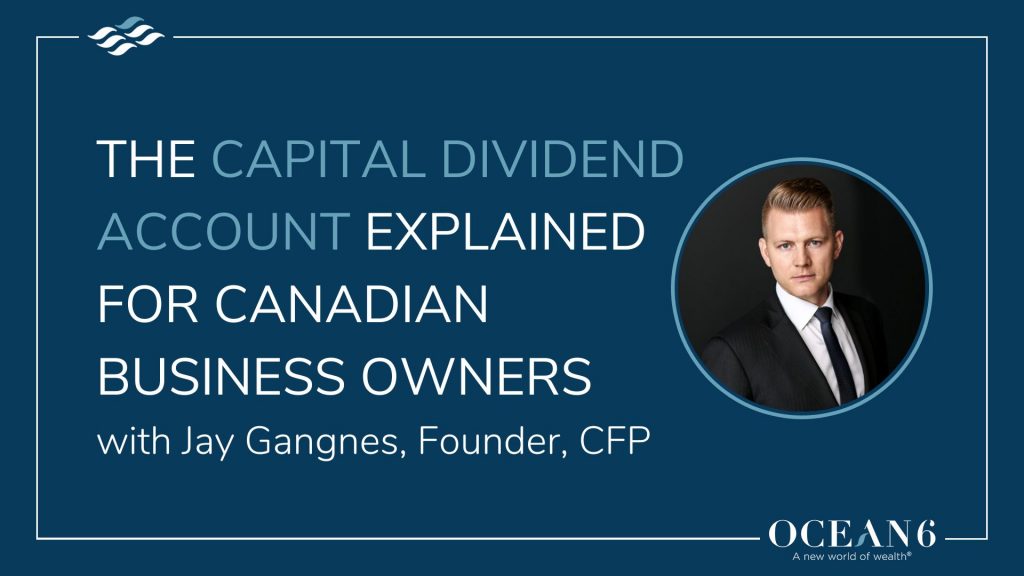Understanding the world of insurance is crucial for a comprehensive financial plan, particularly for business owners. This guide explores the essential types of insurance designed to protect your wealth and provide entrepreneurs and business owners with maximum benefit. Let’s break down disability insurance, critical illness insurance, and various subcategories of life insurance coverage.
Disability Insurance
Disability insurance is paid out monthly when you cannot physically work or for a pre-determined amount of time due to an injury, mental illness, or physical illness. There is a waiting period during which you must be off work before your benefits will start.
You should consider disability insurance if you live an active lifestyle where you are prone to prolonged injuries or if your job is heavily tied to your health and requires physical labour. The more physically demanding or risky your job or lifestyle is, the higher the insurance costs. Typically, the maximum coverage you can get is 67% of your income.
Critical Illness insurance
This type of life insurance covers 26 specific illnesses that are life-changing, such as cancer, stroke or a heart attack. This insurance provides a one-time benefit to supplement your income while you take time off work for treatment.
The benefit replaces your income and provides for your family when you are unable to do so. You’ll want to consider 2 to 4 times your income for your critical illness coverage; this accounts for recovery time and the flexibility to explore additional medical treatments. Critical illness may be more relevant for business owners with a broader definition of their job, as you don’t need to prove that your illness is preventing you from performing your job; you just need to meet the medical definition of it.
Life insurance
Life insurance is straightforward. If the insured person passes away, the death benefit (or the insurance amount) gets paid out to the beneficiary.
It’s designed to take care of your loved ones when you’re unable to by providing tax-free income to cover expenses such as final costs, ongoing support, and your legacy.
As a business owner, there is an additional benefit: Life insurance that pays a corporation is considered a CDA credit (Capital Dividend Account), which allows your insurance proceeds to be taken out of your corporation tax-free to your family. Here’s a blog post with a more detailed explanation of the Capital Dividend Account.
General Life insurance has two other tiers: Term Insurance and Permanent Insurance.
Term insurance
Term insurance, one of the most common forms of life insurance available, provides coverage for a specified period (typically 10 or 20 years). Due to its affordability and simplicity, many business owners begin here. Term insurance can be beneficial in the early days of your business when cash flow might be tight and debt and expenses are high. This can be a great way to protect the business and the life you have built for yourself and your family.
Permanent insurance
Permanent insurance is lifelong coverage as long as premiums are paid. This type of coverage also has an investment element, allowing business owners to build long-term wealth. Think of permanent insurance as an asset, more so than an expense. It grows your corporate dollars tax-deferred, and there are ways to access the money in a tax-efficient manner as well.
There are two types of permanent insurance available in the Canadian market. Universal Life and Whole Life.
Universal Life insurance
Universal Life insurance consists of two components: the insurance component and the investment funds component. You are contractually required to pay the insurance portion to keep the insurance active. You have the option to overpay the policy by a certain amount, and the excess deposits will be directly invested in the funds of your choice.
You and your advisor are fully responsible for selecting the funds and managing the assets to generate returns. Therefore, you are only responsible for paying the insurance cost, and the investment portion is optional. This can be beneficial because it provides flexibility in cash flow.
Whole Life insurance: Non Par vs Par
Whole Life insurance is all about stability. There’s non-par and par. Par stands for Participating. Non-par versus par whole life means: Are you participating in the returns of the pool?
Non-par policies have strong guarantees, predictable costs and fixed outcomes.
Par policies have some variance because they can go up with the profits of the pool.
The biggest difference between a par whole life and a universal life is how the funds are managed. With a universal life, the funds are managed by you and your advisor, while the funds in a par whole life policy are managed by the insurance company. The downside of par whole life insurance is that the returns can be limited.
The key takeaway here is that life insurance can be a valuable & inexpensive asset. Here’s another blog post detailing 5 more benefits of owning life insurance inside your corporation. When used correctly, it can create the legacy you want to pass on while avoiding large tax bills.
It all depends on what stage of your financial journey you are on. To understand which insurance strategy is right for you, book a free consultation with one of our advisors today.
